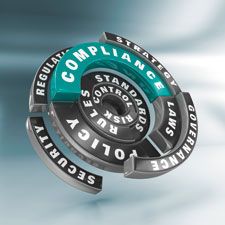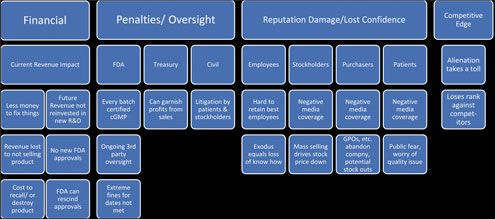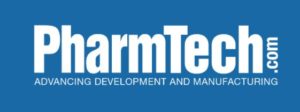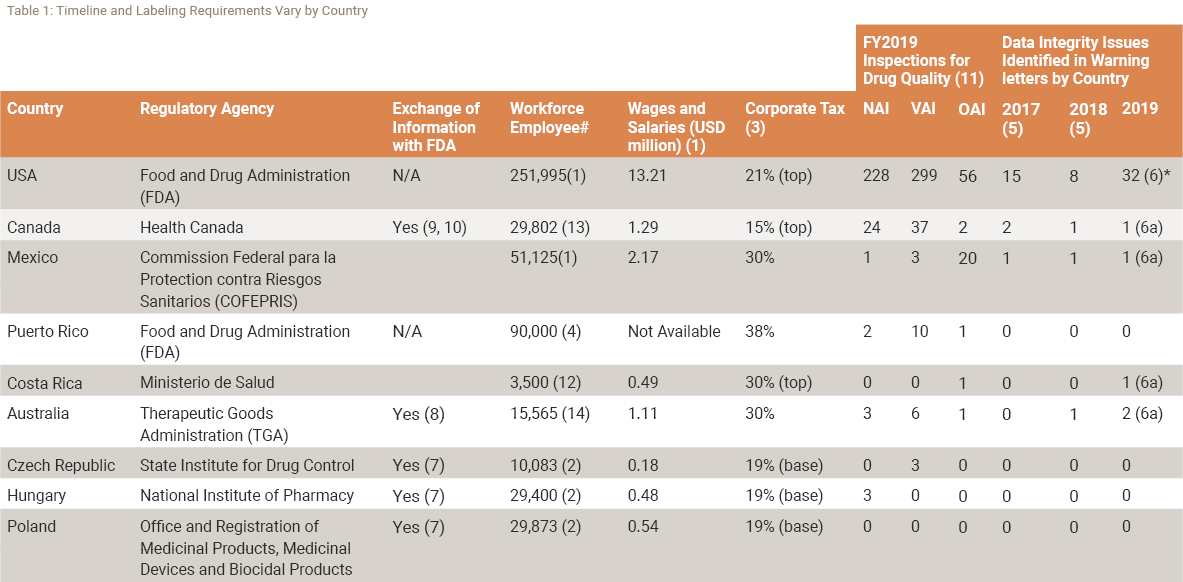Employees from the U.S. Food and Drug Administration (FDA) and Center for Devices and Radiological Health (CDRH) recently announced partnerships with new collaborative communities in the life sciences industry. A primary goal of this initiative is to optimize the success of medical device research and development programs. Another goal is enhancing speed-to-market by avoiding work-in-progress across the medical device industry, which should potentially improve long-term patient outcomes.
Further, the collaborative community’s initiative also coincides with the recent announcement the FDA will no longer be a member of the Global Harmonization Working Party (GHWP), whose priorities have influenced many research initiatives. This is a significant change in direction since the agency first joined the group in 2021.
What is a Collaborative Community?
A life sciences collaborative community includes a mix of both private and public sector colleagues, often including FDA employees. Communities are commonly organized by participants interested in identifying and resolving the most complex problems facing healthcare systems.
Additionally, these problems sometimes arise due to a lack of agreement on the best way(s) to address a growing problem in a disease state. Companies that have participated in the FDA approval process work within FDA guidelines and understand FDA regulations are frequently encouraged to engage and participate.
Finally, membership or agendas are not decided by FDA for a collective community. It is a sustainable group of individuals who have the ability to exist without FDA’s involvement. One of the new collaborative communities announced by FDA is the AI Initiative of AFDO/RAPS Healthcare Products Collaborative. This collaborative community is a joint venture between the Association of Food and Drug Officials (AFDO) and the Regulatory Affairs Professionals Society (RAPS) established in 2022.
Further, this collaborative group “supports idea-sharing, innovation, and action across the global healthcare products community by fostering purpose-driven discussions between regulators, industry, academia, and thought leaders about the most pressing issues facing the industry.”
A second new collaborative community announced by FDA is the Infection Management Collaborative Community. This group “aims to accelerate the development, availability, and adoption of safe and effective medical devices to prevent, diagnose, and manage infection; treat sepsis; and support sepsis patients and survivors.”
Sepsis cases continue to accelerate globally. The Institute for Health Metrics and Evaluation’s “Global Burden of Disease Study,” released in 2020, attributed 11 million patient fatalities to sepsis in 2017—nearly 20% of total global deaths. Such data indicate the condition is rapidly approaching global crisis levels.
Why Leave the GHWP?
A primary reason for leaving the GHWP may involve the strategic plan launched by CDRH late last year. The document establishes a four-year timeline for working towards greater international harmonization.
The FDA has been moving closer toward widely accepted (and recognized) global standards, such as the shift to both ISO 13485 and 21 CFR 820. Harmonizing a complex, cross-functional agency like FDA is a considerable undertaking—therefore, if specific disease states are more significant to the agency than others, leaving the GHWP allows the potential for flexibility.
The strategic plan calls for CDRH to evaluate different types of opportunities each fiscal year in order to increase engagement across international harmonization programs. CDRH also is expected to receive additional funding and resources to help accelerate this engagement. These additional resources aim to allow the FDA to expand international harmonization and convergence programs already in progress and achieve these initiatives by FY 2027.
Details of the Strategic Plan
The second phase of the strategic plan is designed to increase discussions about implementing harmonized policies. Further, this new mechanism may require FDA to develop additional confidentiality agreements to increase the efficiency of research analysis and discussion under confidentiality commitments. CDRH will review the current list of approved regulatory partners and confidentiality protocols in place to align regulatory strategies across international agencies.
Per the strategic plan, FDA was supposed to identify and begin engaging with regulatory authorities by the end of 2023. The primary objective is to create a database of regulatory bodies with whom sharing medical research could be most helpful toward the global harmonization of standards. CDRH has committed to creating this information-sharing mechanism to communicate best practices in medical device evaluation by the end of this year.
The strategic plan details the similarities and differences in CDRH’s regulatory policy and widely accepted IMDRF policies. The plan also tasks the FDA with assessing and evaluating the technical specifications of IMDRF documents that include policies and practices approved by all regulatory authorities in the IMDRF Management Committee.
One of the goals of this regulatory process is to increase the understanding of technical descriptions and technical report writing for international regulatory agencies. Such improved knowledge could directly help CDRH with its internal assessment of international harmonization efforts, and the ways in which FDA’s process may differ compared with regulators worldwide.
The strategic plan (according to technical specification data) sets specific proposed timelines for CDRH to undertake advances toward global harmonization. The timelines are as follows:
- CDRH will publish an assessment of at least nine IMDRF technical documents by the end of 2025.
- CDRH will publish an assessment of at least 18 IMDRF technical documents by the end of FY 2026.
- CDRH will publish an assessment of all remaining IMDRF technical documents by the end of FY 2027
The strategic plan continues to elaborate on the life sciences community and the impact non-FDA employees can have on future regulatory approval. These specific stakeholders may have a unique perspective based on their current occupation or the types of therapy a patient receives. Finally, the following audiences are specifically mentioned for providing first-hand experiences that FDA can leverage based on another regulatory authority’s approach to medical therapy: healthcare patients, life sciences manufacturers, conformity assessment bodies, and standards development organizations.
Finally, an annual communication plan is proposed to begin this year that includes developing a forum to assess and report on harmonization program efforts in progress. This forum is designed to connect with each of the audiences previously mentioned to help FDA identify opportunities for learning. Furthermore, this forum would be dependent on the level of interest and considerations of other stakeholders, including the life sciences industry specifically.
Summary
The life sciences industry is at a crossroads regarding its ability to quickly learn from clinical inputs. And while artificial intelligence (AI) is prompting an increase in successful patient outcomes, the industry must determine the best approach to improve healthcare data.
It remains to be seen how an enhanced approach to collaboration moves through the regulatory process from “qualified to validation.” The flexibility to live inside the regulatory box and think outside the box with AI is critical to success. These outcomes are now being considered earlier in the design stages because the regulatory process can often be unforgiving.
Healthcare partners should collaborate together to leverage AI’s utility at the point of care to improve patient care collaboration. While the primary partner for global regulatory research will continue to be the International Medical Device Regulators Forum (IMDRF), collaborative communities will challenge this “qualified to validation” approach. Addressing disease states with the highest mortalities is part of the partnership between IMDRF and other global regulatory bodies.
Case in point: How can AI work towards developing infection management treatment strategies in a sepsis patient as the normal infection-fighting process is dramatically reduced? This is where technology and collaboration can help the current regulatory process evolve. What lessons could FDA learn through AI patient treatment strategies from a global audience? It is a universal disorder that kills many more people than it should.
If the life science community recognizes that AI is friendly to change, information will be shared globally. Consider for a moment disease states such as sepsis, sepsis syndrome, and septic shock—all of which represent different stages of the same condition. Industry stakeholders could bring a unique perspective of leveraging clinical inputs based on their current occupation or the types of therapy a patient receives.
About the Author
 Rod Mell is executive head – Medical Devices at Regulatory Compliance Associates. A Sotera Health company, RCA is recognized within the healthcare industry for regulatory compliance consulting and its life science consultants’ ability to help companies successfully resolve complex life science challenges. Sotera Health Company and its three businesses—Sterigenics, Nordion, and Nelson Labs—is a global provider of mission-critical end-to-end sterilization solutions and lab testing, and advisory services for the healthcare industry.
Rod Mell is executive head – Medical Devices at Regulatory Compliance Associates. A Sotera Health company, RCA is recognized within the healthcare industry for regulatory compliance consulting and its life science consultants’ ability to help companies successfully resolve complex life science challenges. Sotera Health Company and its three businesses—Sterigenics, Nordion, and Nelson Labs—is a global provider of mission-critical end-to-end sterilization solutions and lab testing, and advisory services for the healthcare industry.
About the Publisher





















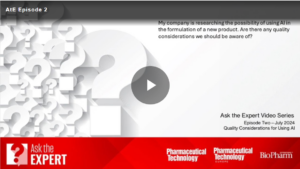
 The biotech industry has experienced significant growth in recent years. These complex therapies have evolved, and with this evolution comes new challenges in ensuring the quality of these products and the safety of the patients that use them. Quality regulations, and industry, may have to continually adapt to address these challenges.
The biotech industry has experienced significant growth in recent years. These complex therapies have evolved, and with this evolution comes new challenges in ensuring the quality of these products and the safety of the patients that use them. Quality regulations, and industry, may have to continually adapt to address these challenges.
